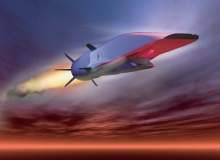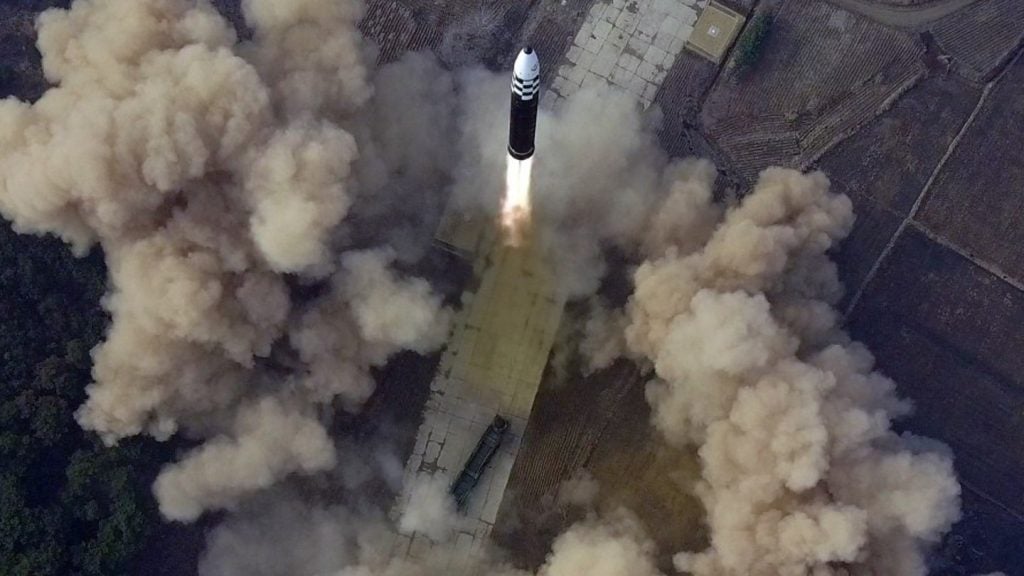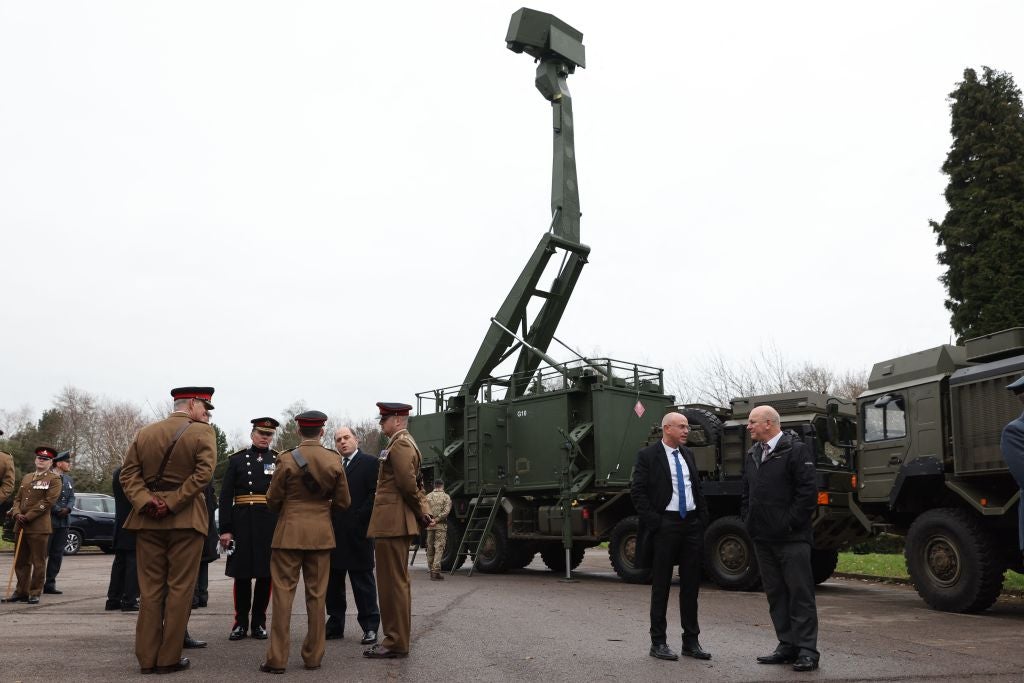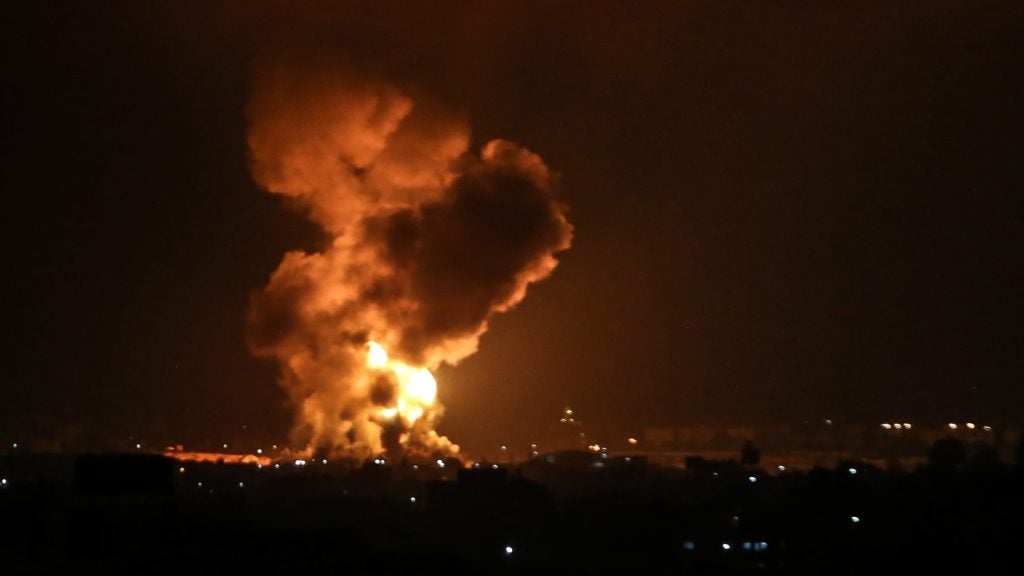
The global missiles and missile defence systems market, estimated to be worth US$15.2bn in 2011, is projected to grow at a CAGR of 2.71% during the forecast period to value US$19.8bn in 2021.
Demand for missiles is anticipated to be driven by internal as well external security threats, territorial disputes and modernisation initiatives undertaken by armed forces across the world.
Cumulatively, the market for missiles and missile defense systems during the forecast period is expected to value US$187.8bn. Significant spenders include countries in North America and Europe, and the global missile and missile defence systems market is likely to be dominated by the US throughout the forecast period, followed closely by the Asia-Pacific region.
Europe’s share of the global market is projected to decrease, largely due to the economic crisis and consequent budget cuts faced by many European nations.
Missile defence systems are likely to account for the highest proportion of spending in the global missiles and missile defense systems market, followed by SAMs and ASMs, in that order.
Demand for missile defense systems is anticipated to be higher than other categories, largely due to an increase in the number of programmes being developed by various countries around the globe in response to the threat posed by the proliferation of weapons of mass destruction, primarily by North Korea and Iran.
How well do you really know your competitors?
Access the most comprehensive Company Profiles on the market, powered by GlobalData. Save hours of research. Gain competitive edge.

Thank you!
Your download email will arrive shortly
Not ready to buy yet? Download a free sample
We are confident about the unique quality of our Company Profiles. However, we want you to make the most beneficial decision for your business, so we offer a free sample that you can download by submitting the below form
By GlobalDataUsing detailed market data compiled by ICD Research in their report ‘The Global Missiles and Missile Defense Systems Market 2011-2021’ we report on the driving forces behind this growing market and list a few of the interesting and potentially game-changing endeavors in this field.
Demand for advanced missile technology is rising
In order to increase the capabilities of modern missiles and missile defense systems, the global defence industry is investing significantly in research and development which has led to the development of technologies to enhance the speed, accuracy and destructive power of missiles.
Current innovations are oriented towards increasing speed with hypersonic missiles, shooting down missiles in mid-air with interceptors, enhancing anti-aircraft carrier capabilities, increasing payload capacity, facilitating navigation and introducing stealth capabilities.
Countries such as India and Russia are jointly developing hypersonic missiles that can reach speeds of up to Mach 5.26.
The US has also launched the X-15A Waverider, a hypersonic cruise missile, as part of its prompt global strike programme. China has initiated the process to equip its upcoming missiles with infrared technology in order to increase accuracy, while the Taiwanese defense ministry has launched a programme to develop an anti-aircraft-carrier missile capable of being launched from mobile platforms.
New trends, developments and challenges in missile development
Smokeless missiles to prevent target back to firer
Chemring Defence of the UK has developed a multiple-effects rocket system (MERS) which can fire missiles without emitting any smoke. This benefits the person firing the missile as the enemy will not be able to judge the place from where the missiles are being fired, reducing the risk of enemy attack.
MERS has a new ground target smoke capability, in which the smoke payload can be fired at an angle along the ground to mark a target for directing fire or aerial attack.
Also, the advanced propellant used enables the payload to travel at a greater speed, making it more stable and accurate in flight, particularly in windy conditions.
The system is designed to reach targets at distances of 300-600 metres without varying the length of the missile packing. Chemring also has plans to introduce MERS with a range of 1,000 metres.
Anti-aircraft-carrier missile capable of being launched from mobile launch platforms
The Taiwanese defence ministry has launched a programme to develop an anti-aircraft-carrier missile capable of being launched from mobile platforms.
Perceiving a threat from China’s newly launched aircraft carrier, the Taiwanese Government is developing these missiles to ensure the country’s missiles systems are less prone to being hit by enemy attacks. The missiles being developed are expected to have a long range and will carry a heavy warhead.
Laser defence systems which blind missiles during flight
The University of Michigan in the US has developed a novel laser technology capable of blinding in-flight heat-seeking missiles.
The laser technology protects helicopters by using inexpensive telecommunications fiber optics to produce sturdy and portable mid-infrared supercontinuum lasers.
These lasers produce a focused beam of light from a much broader range of wavelengths which can mimic the electromagnetic signature of the helicopter and confuse the missile.
The Defense Advanced Research Projects Agency (DARPA) has granted US$1 million to build a second-generation prototype of the technology.
Boeing has also successfully completed the initial design of an electron laser weapon which generates an intense laser light emission that can disable or destroy targets when a beam of high-energy electrons are passed through a series of powerful magnetic fields.
New materials to make existing weapons more powerful
The US Office of Naval Research (ONR) has been researching and developing high-density reactive material (HDRM) for many years and has begun a series of tests on weapons made using the material.
The material is made by combining several metals and has the potential to make existing weapons more accurate and powerful without changing the explosives used.
Munitions designed using HDRM integrate the casing with the warhead explosives, making them more deadly. This is particularly effective for fragmenting warheads, which release additional chemical energy after impact, thereby increasing lethality.
High speed missiles with better kinetic performance in demand
A consortium comprising some of the key European spenders including the UK, Germany, Italy, Spain, France and Sweden is developing high-speed AAMs to be installed on combat aircraft.
These missiles are still in their development stage and are expected to be capable of travelling at Mach 4, making evasive action difficult. The missiles are expected to have a greater range and will be guided by radar systems to be able to chase and destroy a moving target.
They are expected to have kinematic performance which will be three to six times greater than the AAMs currently being used by the global defense ministries. The missile uses a throttleable ducted rocket (TDR) propulsion system which enables long range and high average speed.
India is also developing hypersonic cruise missiles with a maximum speed of 6,000 kilometers an hour to increase its aerial fast-strike capability. The hypersonic cruise missile will be developed on the basis of the existing BrahMos supersonic cruise missile version with technical support from Russia. They are designed with a range of more than 300 kilometers and have a high target-penetration capability.
The US Army also wants missile technology which can enable them to attack anywhere on earth within an hour. The US Arclight Program is investigating a very-long-range weapon, incorporating a hypersonic glider.
Missile defence systems capable of intercepting missiles in space under development
Defense ministries around the world are developing a missile defense system capable of intercepting enemy missiles in the highest layer of the atmosphere and in outer space.
These defense systems detect an incoming missile and destroy the missile in the upper layers of the atmosphere.
A number of these missile defense systems are being developed: China is developing a missile defense system which uses kinetic energy to intercept ballistic missiles and other aerospace vehicles within the upper atmosphere at altitudes greater than 80 kilometers.
India has also developed an advanced version of its indigenous two-tier BMD system which is capable of intercepting enemy missiles at exo-atmospheric altitudes of 150 kilometers and endo-atmospheric heights of 80 kilometers.
The Israeli Defense Force (IDF) has deployed a rudimentary version of this system, the Iron Dome, which is capable of intercepting short-range rockets with moderate small warheads, fired from a distance of 4.5-70 kilometers, and can protect an area as large as ten square kilometers against rockets and mortar shells.
In order to purchase the full version of this report, The Global Missiles and Missile Defense Systems Market 2011-2021, please click here.
ICD Research is a full-service market research consultancy providing both online and offline research capabilities. Our areas of expertise include online research, qualitative and quantitative research, custom approaches and actionable insights.







